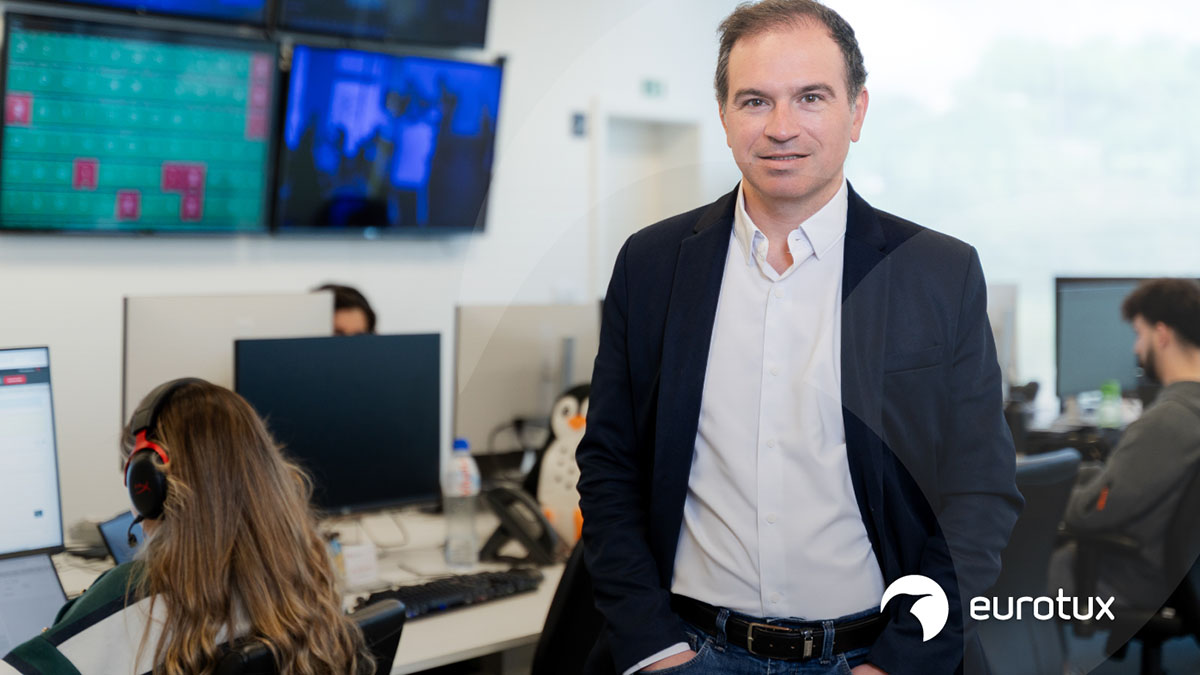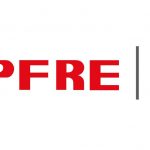Kerigma is an example of VDI application for small and medium sized businesses
Prior to resorting to virtualization, Kerigma possessed about 45 computers dedicated for either the technical staff, or classrooms, each one of them working independently. These workstations had to be managed individually, including basic maintenance, virus removal, or reinstalling programs, in what may become a time-consuming process.
After assessing this situation and the existing VDI technology, the Eurotux team proposed a desktop virtualization as a solution to this problem. A network booting system based on two different open source technologies (Cantivo and Ulteo) was created, where the computers themselves do not save any information. When they are turned on, they boot via the network infrastructure, where they will discover the servers installed by Eurotux. At this point, a graphic system requiring a login and password, will allow access to a desktop environment prepared for each user.
The VDI system enables the management of programs that each user can access, creating personalized desktops for groups or individual users. Also, since data storage is centralized, the resulting IT management is optimized and simple. For example, it is possible to exchange damaged computers with no loss of information or switching the worker’s location, since the user’s desktop remains available, despite that it’s being accessed from another physical machine. Data centralization also allows for quicker and simpler backups.
This centralized infrastructure has been used in education and internal management. About 45 workstations were installed, corresponding to one classroom and offices with the company’s specific software.
Software and hardware adjusted to the client’s needs
Upon the client’s request, Eurotux installed servers with Fujitsu hardware and technology, as well as storage for QNAP backups, with software installed by the company. The project was divided between the installation of the infrastructure and operating systems, and the development and integration of the VDI solution.
Of the two technologies that were employed, there is a greater focus on Ulteo, adapted to Kerigma’s needs, that allows for a desktop that can provide a mixture of Windows and Linux programs. This solution was preferred by the client, since it demands fewer system resources and allows for better management of profiles.
Although computers that Kerigma already possessed were used, the goal is to progress towards installing thin clients, hardware with minimum computational capacities, with monitor, keyboard and mouse. A feature that may be implemented in the future, since it was not a requirement of this project, is an application that allows access to the system via Smartphone.







